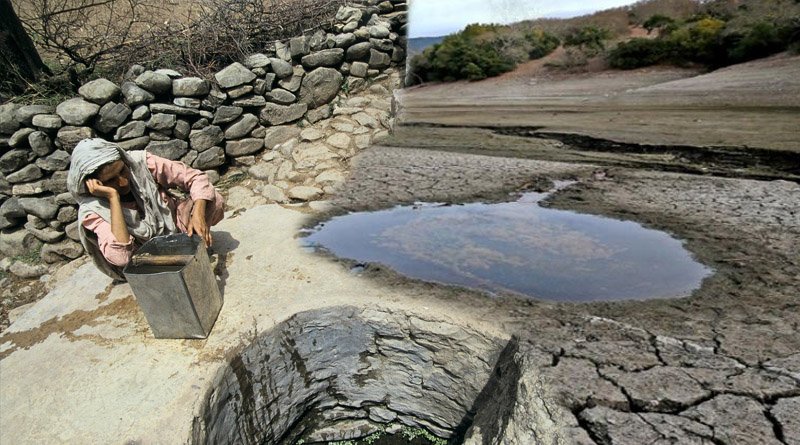Pakistan’s ranking among the most vulnerable nations has dropped to eighth as a result of its environmental policies.

The groundwater aquifer is being depleted more quickly than it can be replenished during extreme climate events, despite the fact that Pakistan has dropped from fifth to eighth place among countries most vulnerable to climate change. The Punjab Irrigation Department’s report made this discovery.
The Global Climate Risk Index analyses the quantified impacts of extreme weather events, the report continued. Pakistan’s ranking among the most vulnerable nations has dropped to eighth as a result of its environmental policies. Climate change has an impact on the hydrological cycle and the balance of water resources, including groundwater.
The Indus Basin groundwater aquifer was found to be the second most overstressed and to be depleting without getting recharged during NASA’s 2003–2013 study of 37 of the largest aquifers on Earth.
The frequency and severity of extreme weather events have significantly increased as a result of climate change, along with unpredictable monsoon rains that frequently cause intense floods and droughts, the projected retreat of the Hindu Kush, Karakoram-Himalayan (HKH) glaciers due to global warming, and carbon soot deposits from trans-boundary pollution sources that pose a threat to water inflows into the Indus River System.
Threats from climate change also include the increased vulnerability of large dams brought on by more frequent and intense floods, an increase in the formation of Glacial Lakes Outburst Floods (GLOF), and rising temperatures that exacerbate heat and water stress, which lowers agricultural productivity. Between 1976 and 2020, the average annual water availability decreased as a result of climate change, falling from 145.20 to 124.90 MAF.
As a result, the province’s groundwater is under a lot of pressure. Recent studies show that over-abstraction has caused groundwater levels in seven districts of Punjab, including Lahore, Vehari, Multan, Lodhran, Pakpattan, and Sahiwal, to fall below critical levels.
According to a survey done by the Punjab Irrigation Department, 52.65 km2 of groundwater had a level higher than 80 feet in 2010. In 2015 and 2020, respectively, the situation has gotten worse, and the areas have grown to 670.58 km2 and 1868.64 km2.
The management of diminishing water resources must place a higher priority on police, regulations, and institutional development in the water sector. The “Punjab Water Policy 2018” was created by the Punjabi government and is currently in effect. In order to maintain sustainable management and protection of Punjab’s water resources. The 2019 Punjab Water Act has been passed.
The Punjab Water Resources Commission (PWRC) and the Punjab Water Services Regularity Authority (PWSRA) are two new institutions that are being established as a result of this Act. PWRC will oversee the allocation of water resources for domestic, agricultural, ecological, industrial, and other uses as well as water conservation and redistribution.
Similar to this, PWSRA will make sure that water and sewerage undertakers carry out their responsibilities and carry out their tasks in accordance with the Water Act. Accordingly, Punjab has established a Water Resources Zone for the management and monitoring of groundwater.